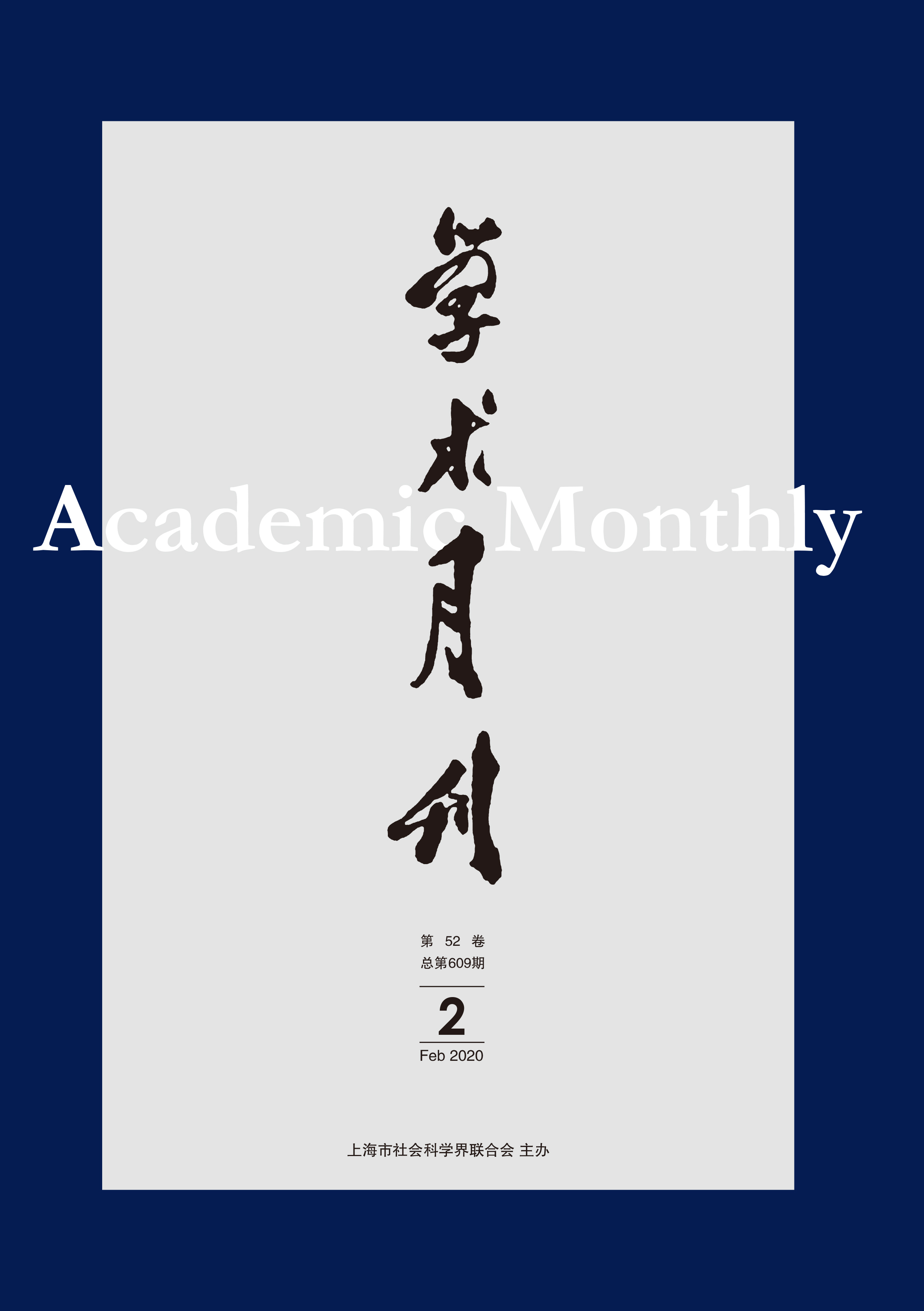Finance, Land Rights and Fiscal Tax:The Operating Mechanism and Environment of Taidian in Sichuan Province from late Qing to the Republic of China
- Available Online: 2020-02-01
Abstract: The Taidian(“抬垫”) of land tax generally refers to a practice of middlemen pay for the land taxpayers in advance and subsequent recover principle and interest from the latter, when land taxpayers fail to pay taxes on time. From the late Qing Dynasty to the Republic of China, the folk Taidian of land tax mechanism in Sichuan was gradually incorporated into the official tax system. However, the mechanism still had many drawbacks. Under the game of forces from the government, scribes, gentlemen, and land taxpayers, the interest rate of Taidian has finally been standardized. Financial markets have provided funding for the formation of Taidian of land tax system. In order to evade land taxes, land taxpayers use various types of transaction methods and land rights arrangements based on the integration of the land market and the financial market. Therefore, the disputes about Taidian happen frequently. The selection of the executors of Taidian reflects the characteristics of capital competition and de-moralization of the financial market. In the Republic of China, the military government of Sichuan Province had ordered that the taxpayer should be re-identified according to the land revenue share, but the result was not very well because the government could not achieve a complete grasp of the land-financial market. Taidian, the disputes about Taidian as well as official responses, which fully reflect the complex and intertwined relationship between finance, land rights, fiscal tax and law in modern Chinese grassroots society.



 沪公网安备 31010102003103号
沪公网安备 31010102003103号 DownLoad:
DownLoad: